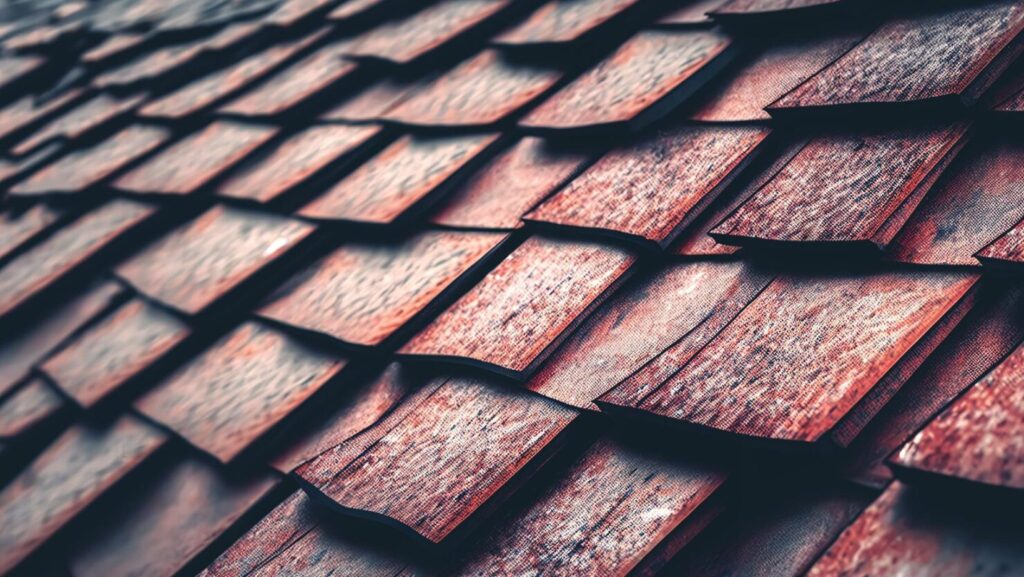Extreme weather events—whether it’s a hurricane, hailstorm, or heavy snowfall—can leave homeowners facing significant roof damage. Addressing these issues urgently and effectively is crucial to ensure the integrity of your home and avoid costly future repairs.
Post-Storm Roof Repair Guide
Here’s a comprehensive guide to navigating roof repair after extreme weather, helping you make informed decisions every step of the way.
Assess the Damage
The first thing to do when dealing with roof damage after extreme weather is to conduct a thorough assessment. Begin with a visual inspection from the ground, looking for noticeable signs of damage, such as missing shingles, dents, or debris. If it’s safe, consider a closer inspection to identify less visible issues like loose or cracked shingles and damage to flashing or vents.

Use binoculars to get a closer look at the roof without climbing up. If you’re unsure or if the roof is too steep, hire a roof repair company.
Document for Insurance Claims
Accurate documentation is essential when filing an insurance claim. Take clear, detailed photographs of all damage, both inside and outside your home. Note the date and the specifics of the extreme weather event. These proofs will support your claim and ensure you receive adequate compensation.
Keep receipts of any temporary repairs or related expenses. These can be reimbursed by your insurance company as part of the claim process.
Understand Your Insurance Policy
Familiarize yourself with your homeowner’s insurance policy to understand what is covered. Policies typically cover roof repairs due to extreme weather, but the extent of coverage can vary. Pay attention to the deductible amount and any exclusions that might apply.
Contact your insurance agent for clarification on coverage specifics and to guide you through the claims process. This can avoid misunderstandings and ensure a smoother experience.
Choose a Reliable Roofing Contractor
Selecting the right contractor is crucial for quality repairs. Look for licensed, insured, and experienced professionals specializing in storm damage repairs. Get several quotes to compare and contrast prices and services offered.
Check reviews, ask for recommendations, and verify the contractor’s credentials. Beware of “storm chasers” – unlicensed contractors who follow extreme weather events and may offer subpar services.
Carry Out Temporary Fixes and Safety Measures
While waiting for professional repairs, some temporary fixes can help prevent further damage. Tarping the roof or patching minor leaks can be effective short-term solutions. However, prioritize safety and avoid risky repairs that could lead to injury.

If water has entered your home, ensure it is safe from electrical hazards. Turn off electricity in affected areas and consult a professional for electrical concerns.
Know the Repair Process
The repair process can begin once a contractor is selected, and insurance claims are underway. Depending on the extent of the damage, this might involve replacing shingles, fixing leaks, repairing structural damage, or even a full roof replacement.
Stay informed about the materials and techniques your contractor will use. Understanding the repair process can help you ask informed questions and ensure the work meets your expectations.
Implement Preventive Measures for the Future
After repairs are completed, consider taking steps to fortify your roof against future extreme weather. This can include installing impact-resistant shingles, improving attic ventilation, and ensuring regular maintenance checks.
Regular inspections and maintenance, especially before and after severe weather seasons, can help identify and address minor issues before they become major problems.
Emergency Roof Repairs
Navigating roof repair after extreme weather can be challenging. However, with careful planning and the right approach, you can restore your home’s integrity and safeguard it against future storms.
- Thoroughly assess the damage from the ground and document everything for insurance claims.
- Understand your insurance policy to know what is covered, and consult your agent for guidance.
- Select a reliable contractor by verifying credentials and comparing multiple quotes.
- Implement temporary fixes safely while waiting for professional repairs.
- Consider preventive measures to protect your roof from future extreme weather.
